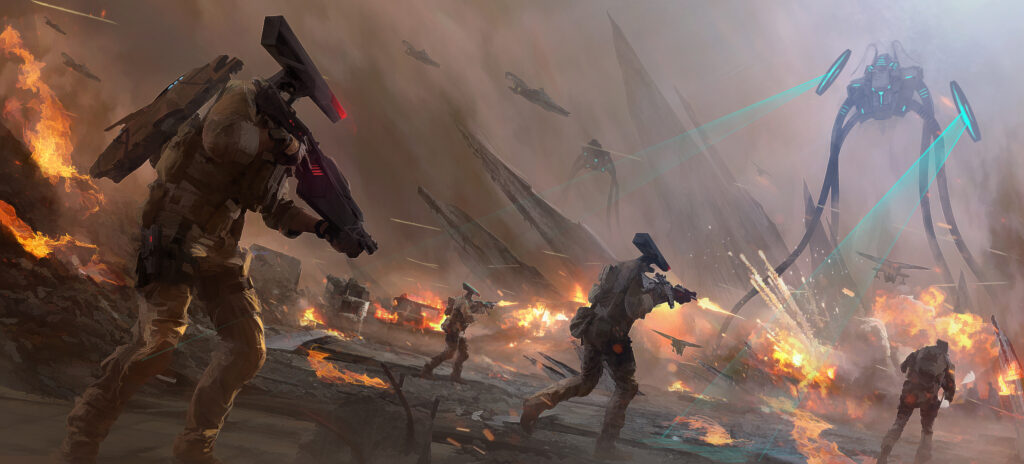




SISU Cinema Robotics claims that an increasing amount of film creators are using automated systems to record moving images.
“Businesses, both large brands and independent retailers, have seen a rise in sales after the spike in high quality content across platforms,” says a SISU spokesperson in an email to Robotics and Automation News.
“But producing new, targeted, and engaging content can be a stressful, time-consuming endeavor. That’s why more and more creators, filmmakers, and advertisers are embracing tools that take the sting out of the process. Tools like those found in Austin-based SISU Cinema Robotics’ suite of products.”
Robotic arms have been a major assistant in behind the scenes production in Hollywood for more than 10 years – nothing new here. Filmmaker Peter McKinnon colorfully highlights the uniqueness that robotics brings behind the scenes. As a film or cinema producer, the thought may be that humans bring an element of error. Robots, when instructed, have significantly less error. Trusted robotics may be the future. The amount of work and effort that goes into creating one single part of a commercial, video or movie is amazing. When coupled with robotics, shots and scenes are more enhanced, unique and on point.
SISU’s software and cinema robot provides a reduction in production time and allow teams to shoot a variety of unique angles that would be physically impossible or cost a fortune in labor. Similar software has been developed by Hyundai’s MobEd Robot, the Mobile Eccentric Droid. The new four-wheel technology is versatile for many applications however, the movie industry could be it’s best bet. Complete with a unique suspension system, the MobEd has a central platform that can be tilted in any direction, allowing packages/cameras/goods to be level when driving up or down a ramp and adjust the angle of its cargo (which would be handy if the robot is carrying a camera or screen).
It’s easy to think that technology like algorithms and robots will make the film industry go the way of the factory worker and the service rep, and argue that artistic filmmaking is in its death throes. For the film industry, the same narrative doesn’t apply — artificial intelligence seems to have enhanced Hollywood’s creativity, not squelched it.
Just like computers made it so animators didn’t have to draw every frame by hand, advanced algorithms can automatically render advanced visual effects. In both cases, the animator didn’t lose their job.
Teams are using artificial intelligence and other sophisticated software to turn Josh Brolin into Thanos for Avengers: Infinity War. They used an AI algorithm trained on high-resolution scans of Brolin’s face to track his expressions down to individual wrinkles, then used another algorithm to automatically map the resulting face renders onto Thanos’ body before animators went in to make some finishing touches.
Such a process yields the best of both motion capture worlds — the high resolution usually obtained by unwieldy camera setups and the more nuanced performance made possible by letting an actor perform surrounded by their costars, instead of alone in front of a green screen. And even though face mapping and swapping technology would normally take weeks, Digital Domain’s machine learning algorithm could do it in nearly real-time, which let them set up a sort of digital mirror for Brolin.
Yes, these algorithms can quickly accomplish tasks that used to require dedicated teams of people. But when used effectively they can help bring out the best performances, the smoothest edits, and the most advanced visual effects possible today. And even though the most advanced (read: expensive) algorithms may be limited to major Disney blockbusters right now, Hendler suspects that they’ll someday become the norm.
Another fun example as to how applications for artificial intelligence in filmmaking are about to emerge.